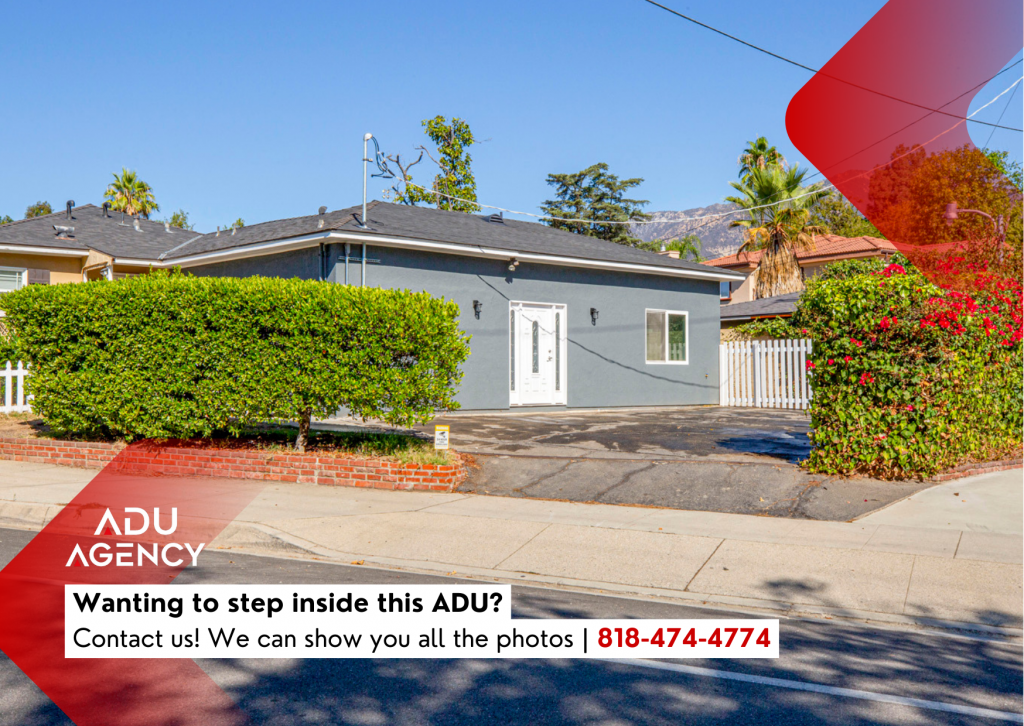Multigenerational living, where multiple generations of a family live together under one roof, is becoming increasingly popular in the United States. According to a report by the Pew Research Center, the number of multigenerational households has been on the rise for the past few decades, with 64 million Americans living in a multigenerational household in 2016. The reasons for this trend are varied but include financial benefits, cultural traditions, and the desire to provide support and care for aging parents or adult children.
One way that families are able to accommodate multigenerational living is through the use of accessory dwelling units (ADUs). ADUs, also known as granny flats, in-law units, or backyard cottages, are secondary housing units that are typically located on the same property as a primary residence. They can be attached to the main house, like a basement apartment or a garage conversion, or they can be freestanding structures, like a tiny home or a converted shed.
ADUs have become an increasingly popular way to accommodate multigenerational living because they offer a number of benefits. First, they provide an additional source of income for homeowners, as they can be rented out to tenants or used as a short-term rental on platforms like Airbnb. Second, they provide a sense of independence and privacy for both the main household and the occupants of the ADU. Third, they offer a way for families to live together while still maintaining separate living spaces and routines.
Already interested in these benefits?
For families who are considering multigenerational living, ADUs can be a great option. Here are some tips for designing and living in an ADU for multigenerational living.
1. Plan for Accessibility
If you are planning to have older adults or people with disabilities living in the ADU, make sure that the unit is designed with accessibility in mind. This may include features like wider doorways, no-step entries, and grab bars in the bathroom.

2. Create Separate Entrances
Having separate entrances for the main house and the ADU can help maintain privacy and independence for both households. This can also help prevent conflicts over shared spaces and schedules.
3. Establish Boundaries
It’s important to establish clear boundaries and expectations for both households when it comes to shared spaces, chores, and responsibilities. This can help prevent misunderstandings and conflicts down the road.
4. Make Use of Shared Spaces
While having separate living spaces is important, it’s also important to have shared spaces where the two households can come together. This may include a shared outdoor space, a common living area, or a shared laundry room.
5. Consider the Needs of All Occupants
When designing and furnishing the ADU, make sure to consider the needs and preferences of all occupants. This may include things like accessibility features, private outdoor space, or storage space.
Multigenerational living can be a rewarding and fulfilling experience, but it’s important to plan and prepare for it properly. ADUs offer a flexible and affordable way to accommodate multigenerational living, but it’s important to work with a qualified designer and contractor to ensure that the unit meets all safety and building codes. With proper planning and communication, multigenerational living in an ADU can be a great way to bring families closer together while still maintaining independence and privacy.



